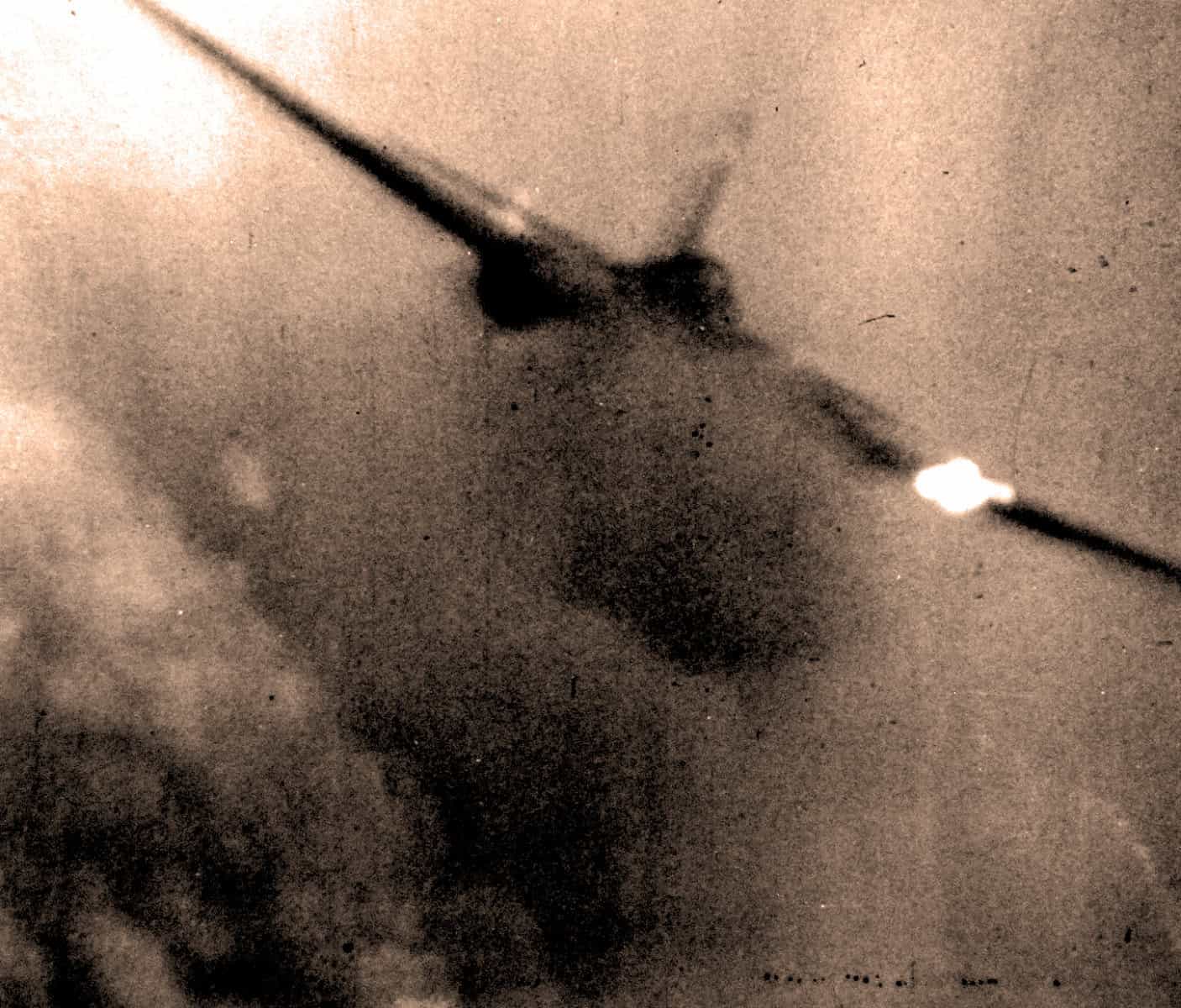
April 14, 1945 – Report from The Pacific – Leslie Nichols – Mutual Broadcasting System – Gordon Skene Sound Collection –
April 14, 1945. While America was recovering from the loss of President Roosevelt only two days earlier, and the end of the war in Europe only a matter of weeks, and less than four months in the Pacific, stories were emerging of a new and desperate dimension shaping up in Japan’s involvement in the conflict. A new word entered our vocabularies; Kamikaze. Translated from Japanese it meant Divine Wind and what it attempted to do was try and stave off the inevitable by staging suicide raids on allied warships. Japanese pilots trained to do one thing; crash their bomb laden fighter planes into battleships, destroyers and aircraft carriers, creating as much damage as possible by sinking as many ships as possible, hoping the relatively small sacrifice would result in mass casualties for the allies and hopes for turning the tide in the war.
About 3,800 kamikaze pilots died during the war, and more than 7,000 naval personnel were killed by kamikaze attacks.
Kamikaze aircraft were essentially pilot-guided explosive missiles, purpose-built or converted from conventional aircraft. Pilots would attempt to crash their aircraft into enemy ships in what was called a “body attack” (tai-atari) in planes loaded with bombs, torpedoes or other explosives. About 19% of kamikaze attacks were successful. Kamikaze attacks were more accurate than conventional attacks, and often caused more damage. Some kamikazes were able to hit their targets even after their aircraft were crippled.
The Japanese considered the goal of damaging or sinking large numbers of Allied ships to be a just reason for suicide attacks.
The attacks began in October 1944, at a time when the war was looking increasingly bleak for the Japanese. They had lost several important battles, many of their best pilots had been killed, and they had lost command of the air. Japan was losing pilots faster than it could train their replacements, and the nation’s industrial capacity was diminishing relative to that of the Allies. These factors, along with Japan’s unwillingness to surrender, led to the use of kamikaze tactics as Allied forces advanced towards the Japanese home islands.
The tradition of death instead of defeat, capture and shame was deeply entrenched in Japanese military culture; one of the primary values in the samurai life and the Bushido code was loyalty and honor until death. In addition to kamikazes, the Japanese military also used or made plans for non-aerial Japanese Special Attack Units, including those involving Kairyu (submarines), Kaiten human torpedoes, Shinyo speedboats and Fukuryu divers.
This report, from Mutual Broadcasting’s Leslie Nichols discusses this new aspect of the war, which had been largely withheld from the public until now. Even in approaching the subject, Nichols plays down the extent of destruction resulting in these attacks, conveying the notion the role of the Kamikaze was little more than an annoyance to the allies. The reality was another thing.
Here is that shortwave report as it was relayed and broadcast on April 13, 1945 by Mutual Broadcasting.





